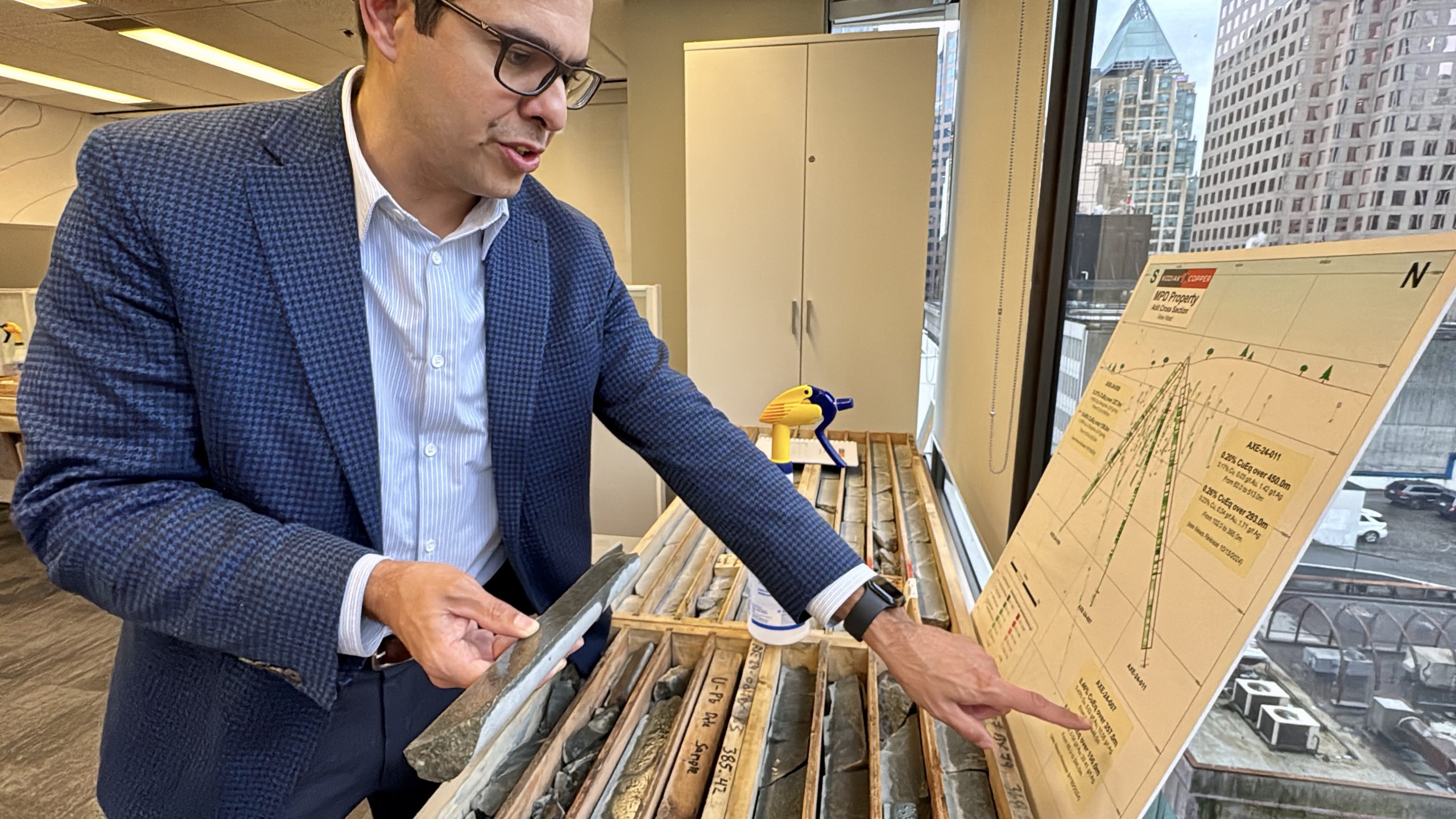Zone Resources expands the known zone of iron mineralization at the Moore-Ross Mountain Property, Quebec
Zone Resources announces that it has expanded the known zone of mineralization at the Moore-Ross Mountain Property due to additional information gathered during a compilation of historical exploration data on its Labrador Trough Iron Properties in the Nunavik district of northern Quebec.
On May 4th 2011, Zone announced a summary of a partial set of drill results for the Moore Iron Zone on the Company’s 7,000-hectare Moore-Ross Mountain property. Additional information has now been compiled from reports of statutory work filed by Fenimore Iron Mines Ltd. in 1952.
Drill logs and location maps are now available for fifty-nine drill holes on the Moore zone, including the “Moore Extension”, which is a northwesterly continuation of the same mineralized zone. Additionally there are nine drill logs for which locations are not known, and one drill hole location on a map that has no corresponding log. The following summary relates only to drill holes for which drill logs with assays and locations are available.
The fifty-nine drill holes were all drilled vertically and were relatively shallow; they appear to have been drilled primarily to determine the lateral extent of the iron mineralization in an area of extremely poor outcrop. Every hole that entered iron mineralization at the bedrock surface also ended in the iron zone, so that the thickness of the zone is not known. The deepest hole, M501, was 205 feet deep, and assays averaged 42.9% iron over 197 feet from the bottom of the casing at 8 feet, to the end of the hole.
Four drill holes at the northwestern and northeastern extremities of the drilled area intersected only very low grade (less than 15%) iron and may close off the mineralized zone in those directions. However, to the southeast and southwest the zone appears to be open. The mineralized area tested by drilling measures 3250 feet from northwest to southeast, and 1700 feet from northeast to southwest. This expands the surface area of mineralization by 75%.
An average iron grade was calculated for each drill hole, and the average of all the averages is 33.6% iron (holes that intersected higher grades tended to be drilled deeper than those that intersected lower grades, a weighted average by grade and core length would tend to overstate the average grade and it is likely that an “average of averages” will more closely approximate the overall grade of the deposit).
Charles Desjardins, President of Zone stated that, “The Moore Iron Zone now appears to have significant size potential with good iron grades. It is obvious that a serious drill program is required to assess both the lateral extensions and the depth potential of the zone.”
Reports accompanying the drill logs and other work by Fenimore Iron Mines Ltd. indicate that the primary iron mineral is hematite, and that the mineralization is quite siliceous, with interbeds of chert and jasper. It would be classed as a “taconite”.
{{ commodity.name }}
{{ post.title }}
{{ post.date }}

Comments